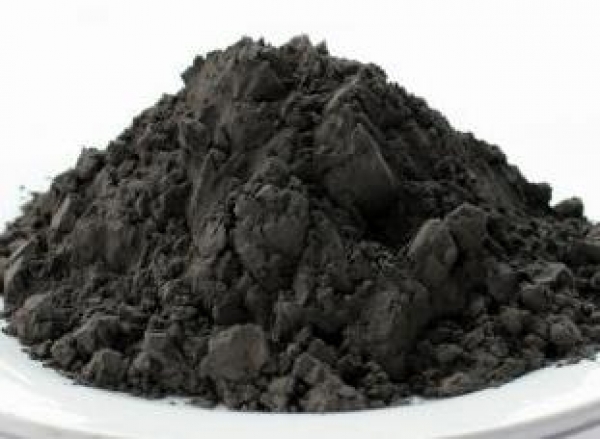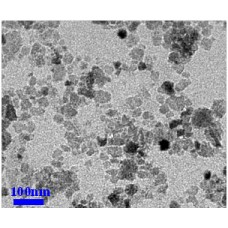Nickel Nanoparticles NI _ Nano Particle (Electron Arrangement Structure) (PhD Nano _ Microelectronics)
Researcher and author: Dr. ( Afshin Rashid)
Note: Nickel NI is a durable, malleable, shiny 28 metallic element with a crystal and cubic structure in white and silver. This element is similar to iron and cobalt in terms of magnetic properties and chemical activity. The main minerals of nickel are pentlandite, pyrrhotite (nickel and iron sulfides) and garnierite (nickel and magnesium silicate). Nickel is one of the constituents of meteorites. The use of particles from micro-scale to nanoscale offers advantages for various scientific fields, but because a large percentage of their atoms are on the surface, nanomaterials can react greatly and pose potential risks to humans. To have with.
Nanoparticles are highly regarded both in industry and in the natural sciences due to their widespread use. While natural materials have fixed physical properties regardless of size, the size of a nanoparticle determines its physical and chemical properties. Therefore, the properties of a substance change as its size approaches the nanoscale and the percentage of atoms on the surface of the material becomes significant. An important feature of all nanostructures is that the number of surface atoms in them is greater than the number of volume atoms. This ratio increases with decreasing nanoparticle size. Therefore, nanoparticle size is an important feature. The range of change in nanoparticle activity depends on the nature and shape of the nanostructure. With However, if the energy field of nano-energy electromagnetic radiation is comparable if certain range The wavelength changes dramatically with the occurrence of chemical reactions in the irradiated material. The activity of nanoparticles up to 100 nm will be significant. Nanoparticle surface atoms are not energy compensated. In general, the results of nanoparticle energy growth can be expressed as the total energy of the atomic surface atoms. The freedom of movement of atoms on the surface of nanostructures is limited, and only vibrational movements and the movement of electrons are possible. These two electro-kinetic reactions are interdependent because the displacement of the electron clouds of the atoms inevitably changes the vibrational frequencies of the bonds of the nanoparticle atoms . On the other hand, the displacement of capacitance electrons in bonds changes the polarity of bonds and objects called supermolecules . In this case, electron transfer to a higher energy level is possible.
Ni _ nano particle Ni is a strong conductor of electricity and its surface is shiny and polished. This element belongs to the group of iron and cobalt elements.
Conclusion :
The use of particles from micro-scale to nanoscale provides advantages for various scientific fields, but because a large percentage of their atoms are on the surface, nanomaterials can react greatly and pose potential risks to humans. To have with.
Researcher and author: Dr. ( Afshin Rashid)
PhD in Nano-Microelectronics




